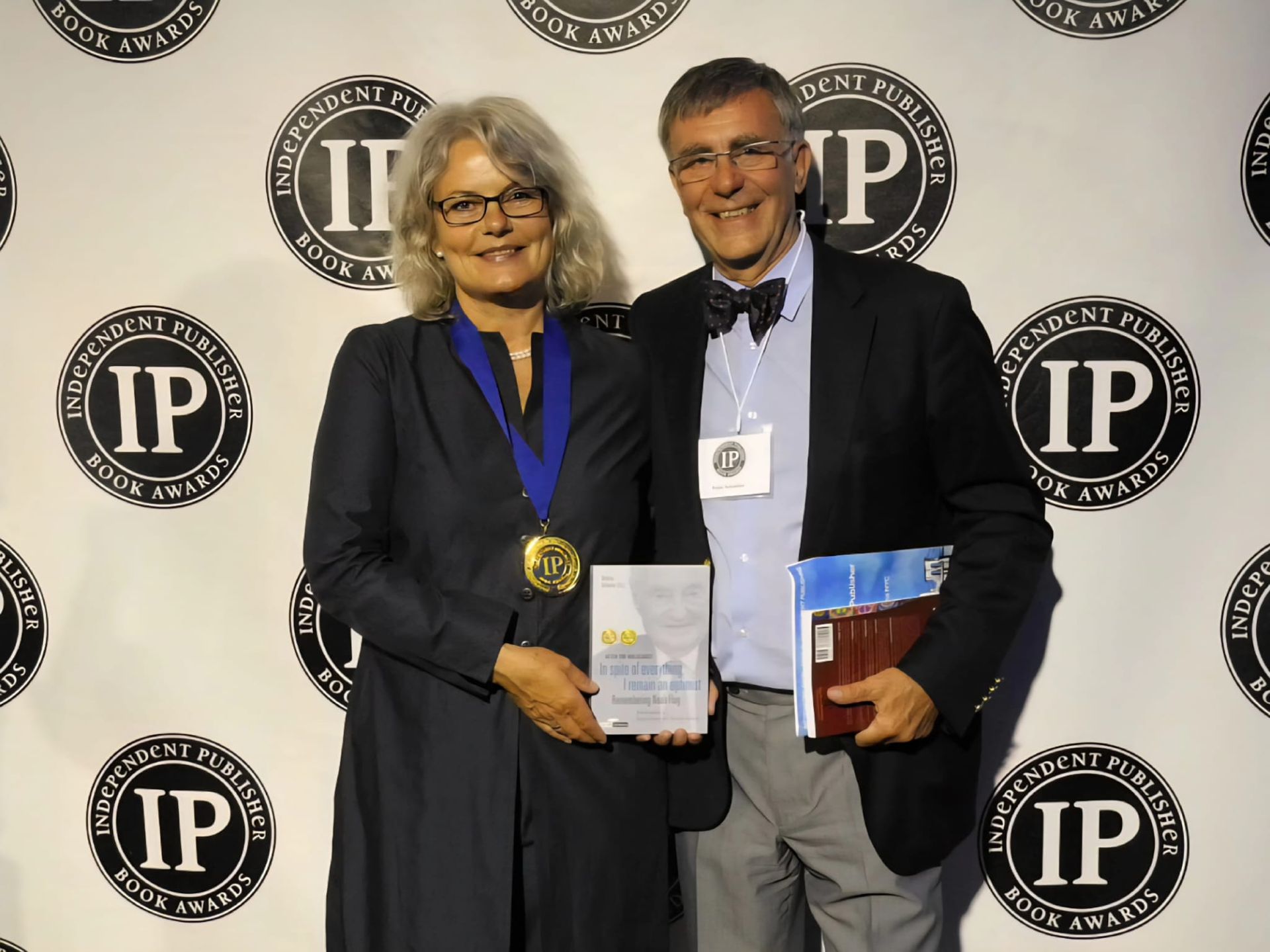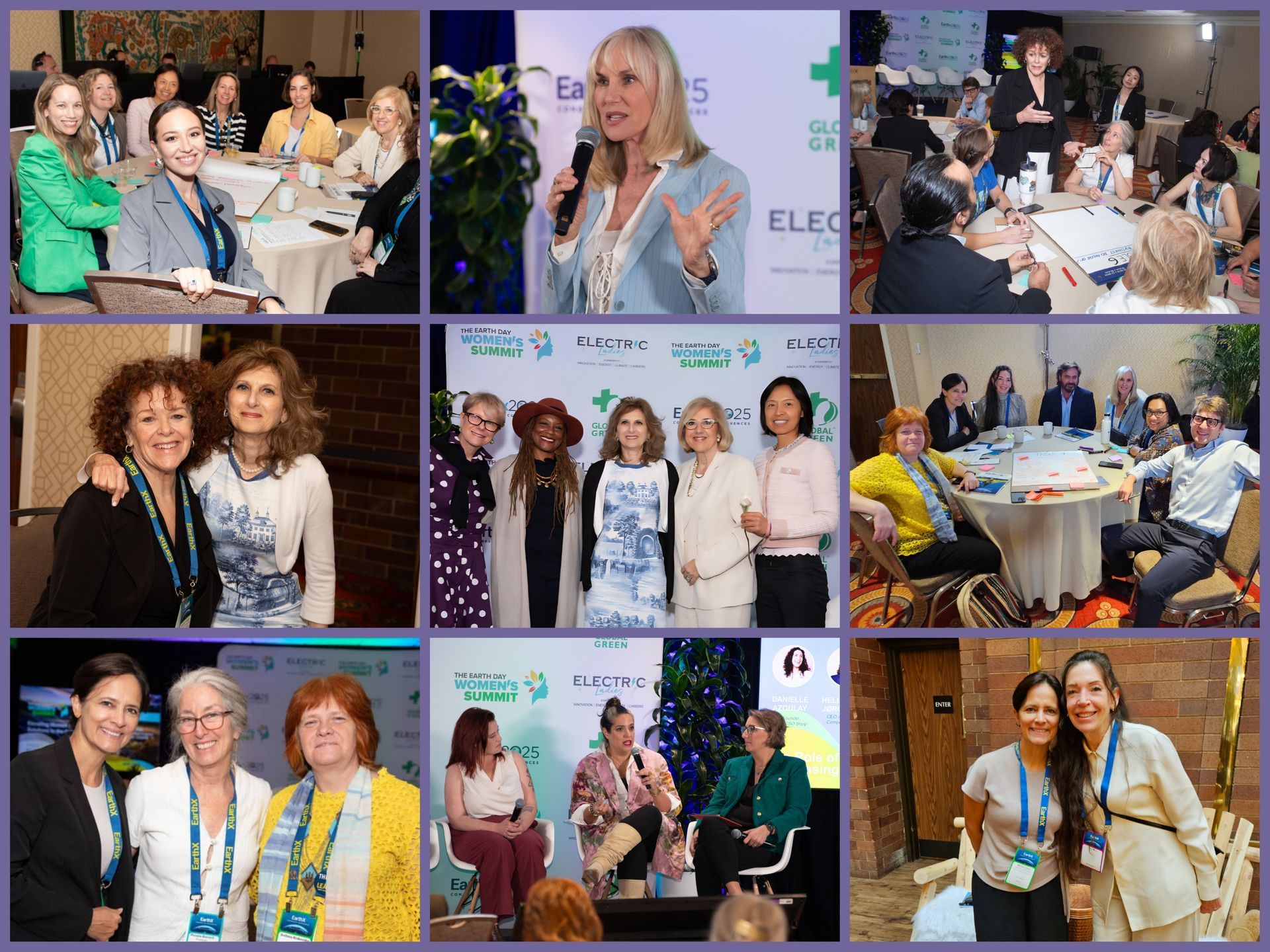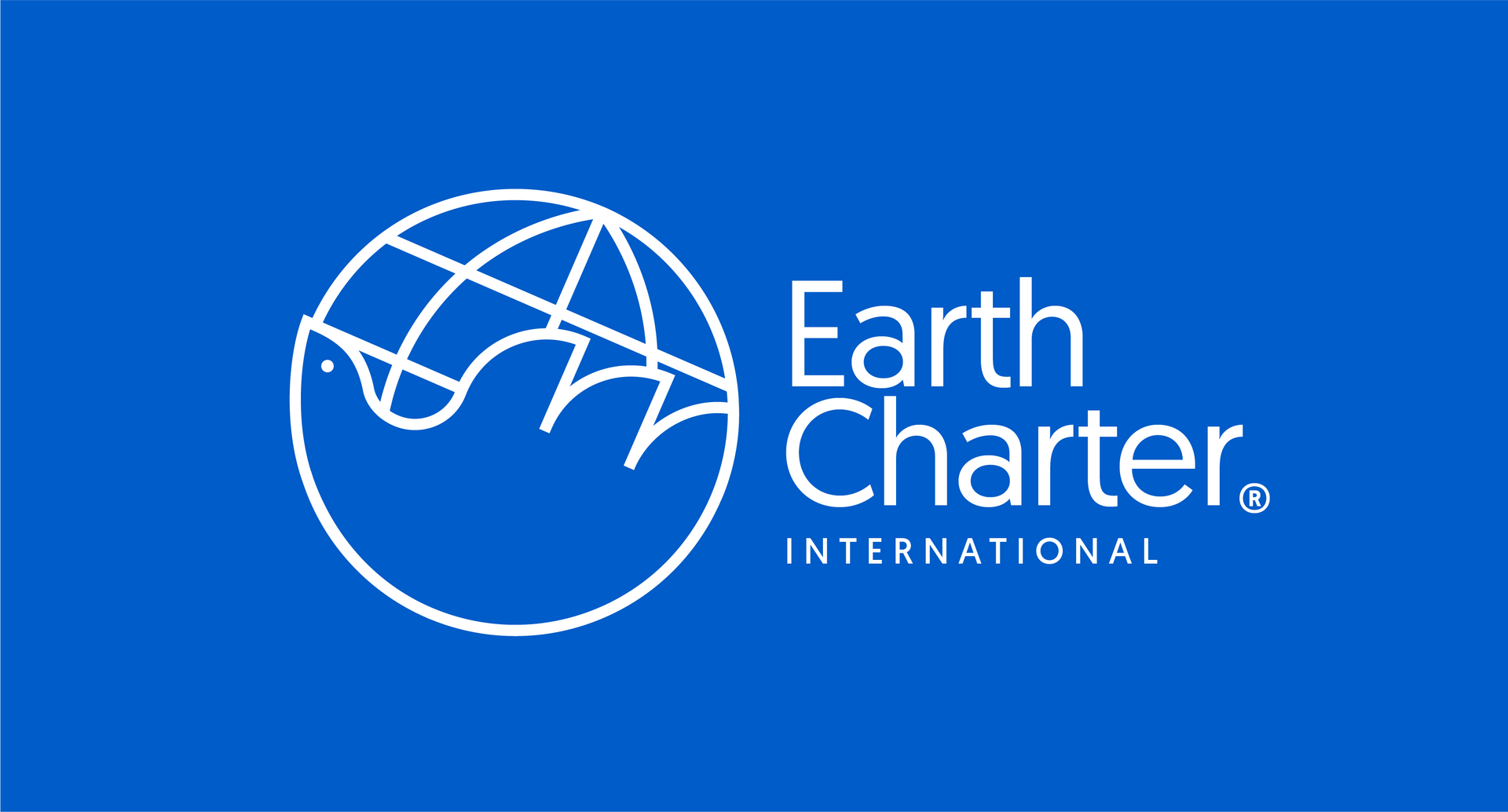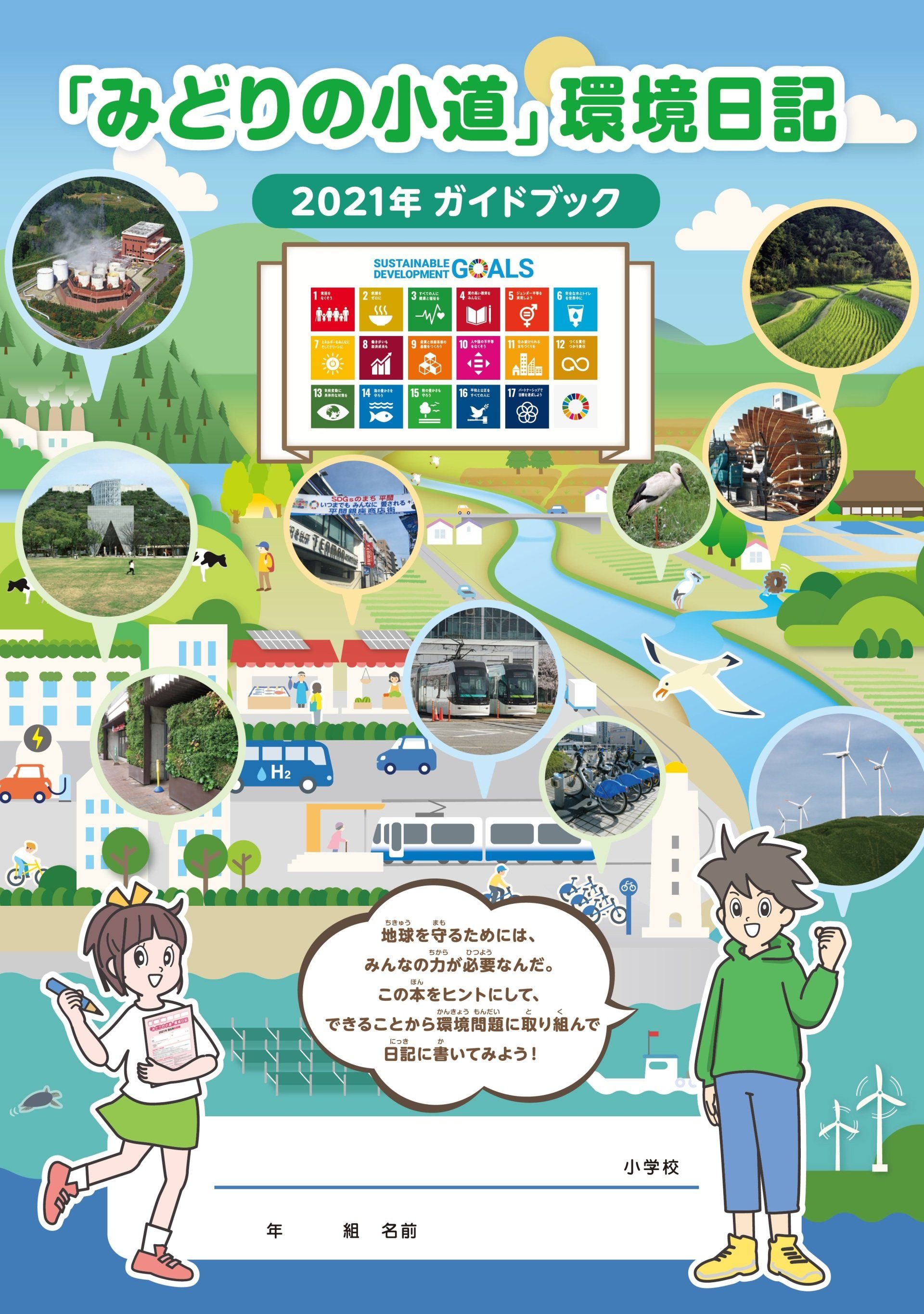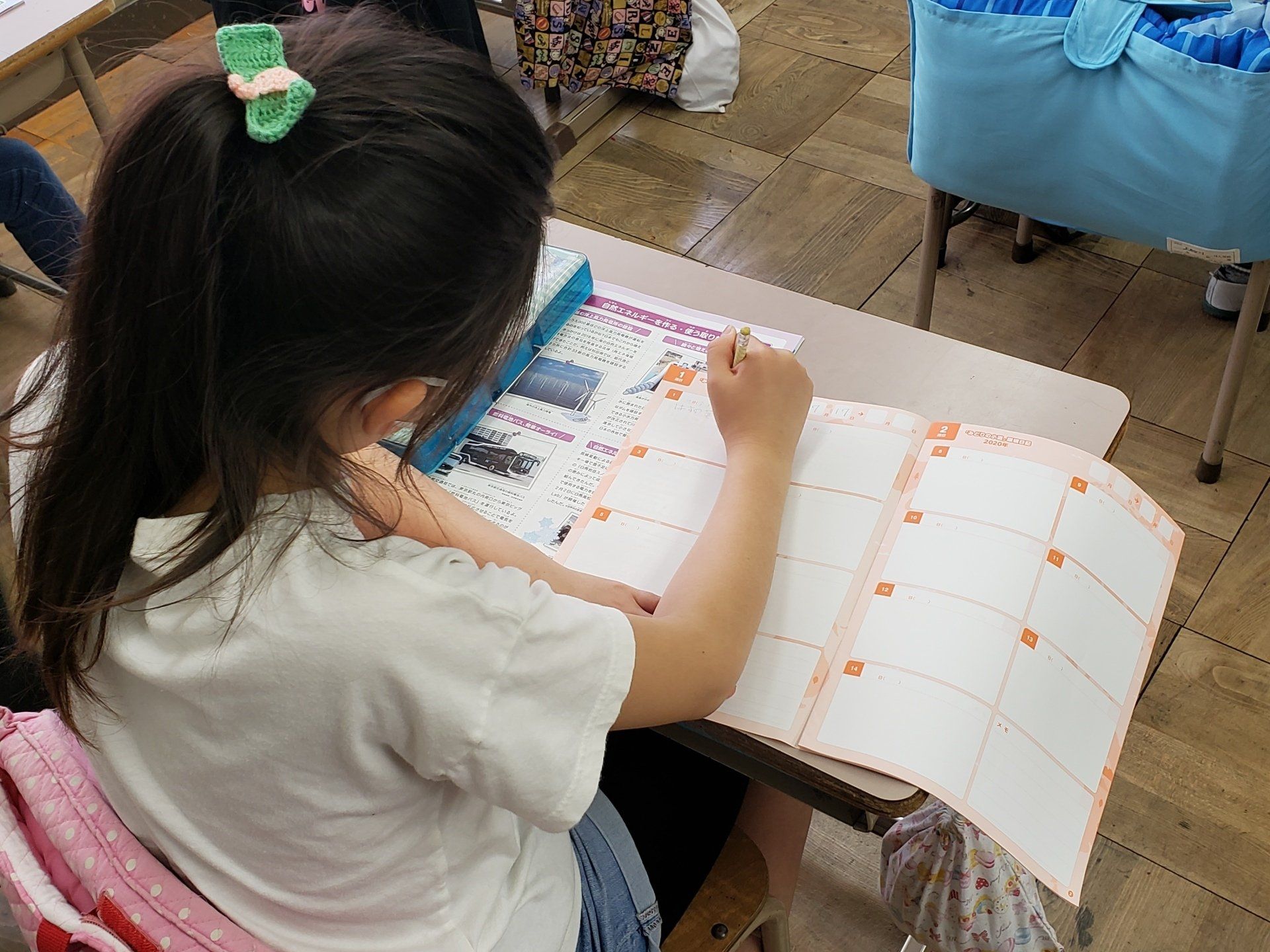Green Cross Congratulates Russia on Historic Milestone: Completing the Destruction of its Enormous Chemical Weapons Stockpile
GCI Office • September 29, 2017
Green Cross Congratulates Russia on Historic Milestone: Completing the Destruction of its Enormous Chemical Weapons Stockpile

Russia signed the international Chemical Weapons Convention (CWC) in 1993 and ratified it over four years later in 1997. With the help of the United States Cooperative Threat Reduction (CTR) Program and the Global Partnership Against the Spread of Weapons and Materials of Mass Destruction, Russia started its first on-site stockpile destruction of deadly chemical agents at Gorny, Saratov Oblast, in December, 2002. Over the past fifteen years, Russia has been successful in chemically neutralising all declared chemical agents at its seven stockpiles, each holding several thousand tons of deadly nerve and blister agents. The last weapon containing VX nerve agent, the most deadly of all chemical agents, was destroyed this week at the Kizner stockpile in the Udmurt Republic.
Dr. Paul F. Walker, director of the Green Cross Environmental Security and Sustainability programme, commented: “It’s been over 23 years since I first visited Russia’s easternmost stockpile at Shchuchye in the Kurgan Oblast and was astounded to see over 5,400 metric tons of nerve agents in several million artillery shells and warheads, all battlefield-ready. The destruction of Russia’s stockpile has been a very long and challenging effort from a political, economic, and social perspective. Russia, along with the dozen or more countries – especially the US, Germany, and United Kingdom – who partnered with Russia to support this historic effort, deserves much credit for permanently eliminating a whole class of weapons of mass destruction.”
Eight countries – Albania, India, Iraq, Libya, Russia, South Korea, Syria, and the US have declared chemical weapons stockpiles to the Organisation for the Prohibition of Chemical Weapons in The Hague, the multilateral organisation which implements the CWC. All but two – Iraq and the US – have now safely destroyed their declared stockpiles. The US has been destroying its 28,600 metric tons of chemical weapons at nine stockpiles since 1990 and is now left with about 9% of its stockpile. These remaining stocks will be eliminated by 2023. Iraq has an unknown quantity of old chemical weapons in two secured bunkers in Fallujah and has begun planning for their elimination.
Russia, which decided over twenty years ago to neutralise rather than burn its chemical weapons stockpiles, still has thousands of tons of toxic chemical waste to destroy in its second-stage processes, but this week’s milestone has now eliminated all weapons-grade agents and met the legally binding mandate of the CWC. Russia’s declared stockpile, which was 30% larger than the US stockpile, was destroyed at almost double the rate of the US program primarily due to the lack of dangerous explosives and propellant in the Russian weapons. The US program, which has safely destroyed about 26,000 metric tons to date since 1990, has completed demilitarisation at seven of nine declared stockpiles and started operations at its eighth site in Colorado in 2016. The last site in Kentucky will start up in 2-3 years.
Green Cross International, with its national affiliates – Green Cross Russia, Green Cross Switzerland, and Global Green USA, has been active as a facilitator of nuclear and chemical weapons destruction, as well as related military launch systems and toxic waste, since the mid-1990s and was the first to establish local Citizens’ Advisory Commissions (CACs), national dialogues, US-Russian exchange programs, and Public Outreach and Information Offices at all Russian chemical weapons stockpiles. This critical program to promote stakeholder involvement and capacity-building has been central to the Russian, American, and other weapons destruction efforts in the post-Cold War period. Green Cross continues to be active in strengthening and universalising the CWC and currently organizes the international CWC Coalition to promote public involvement and awareness in the historic elimination of chemical weapons. The next meeting of the CWC Coalition will take place November 27-December 1, 2017 in The Hague at the 22nd annual OPCW Conference of States Parties.
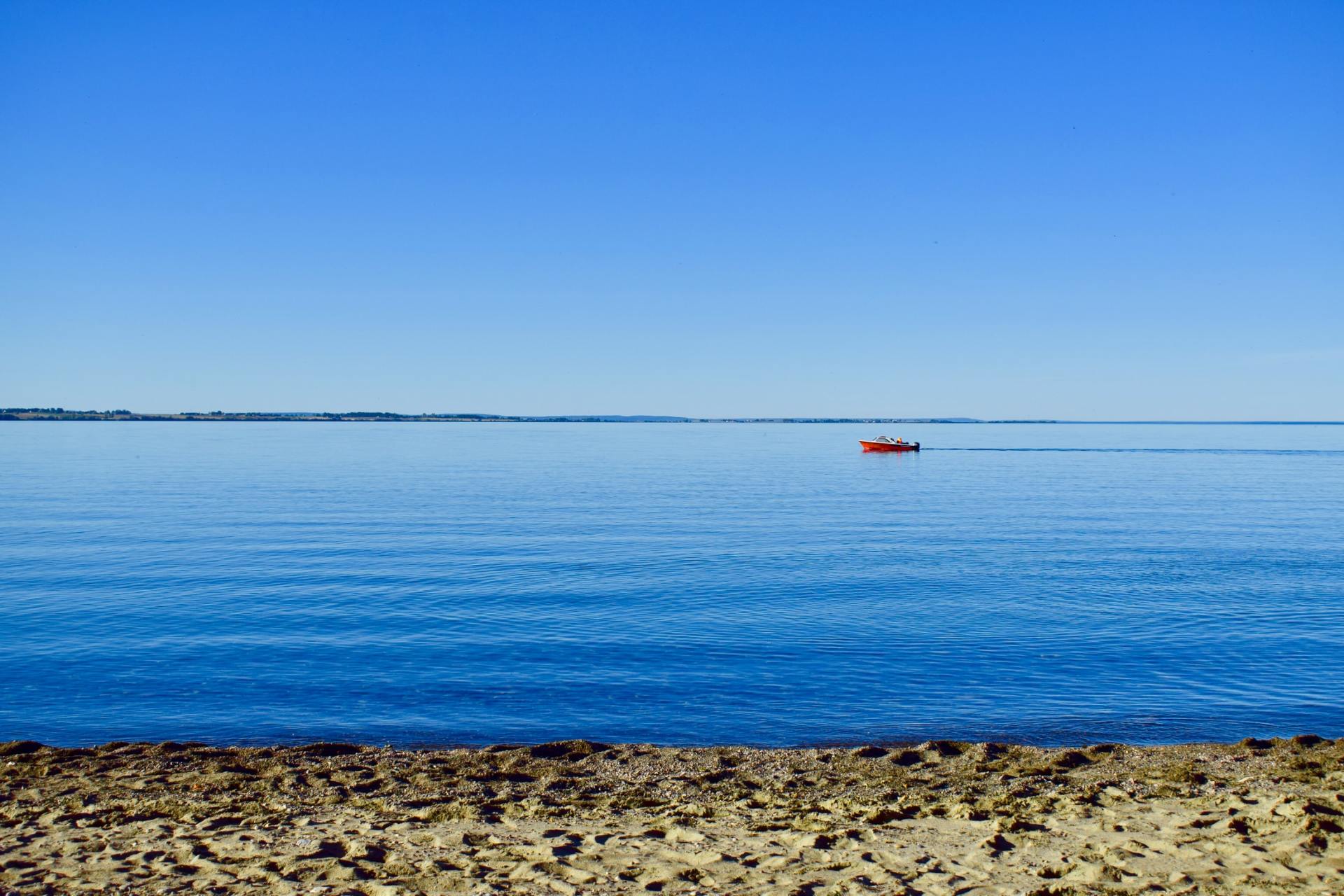
One of Europe's biggest freshwater lakes. VÄTTERN BELOW THE SURFACE (Documentary 2020) Lake Vättern Below the Surface This documentary brings forth new perspective of Swedish water management. This film is an example of how water management can be risking human health and water quality, not only in Sweden but in countries worldwide. The problem is most of the countries in the western world does not have a functioning water management, nor do they have field personnel or fully employed environmental diving inspectors checking the ecosystem below the surface. Eurofins, a major company in Europe testing for different toxins and substances, can today only provide data on approximately 300 substances. From a average sewer plant there can be an outlet of some 10 000 to a 100 000 chemicals. We cannot see chemicals, but we can see the effects when we dive. What we see are dead ecosystems at the bottom of lakes with algal blooms containing toxic cyanobacteria as a result of chemical discharge. These cyanotoxins are today linked with human diseases such as ALS, Alzheimer's and Parkinson, to name a few. The problem is we don't really know how many toxins there are in our drinking water, or in the food we eat. The film Lake Vättern Below the Surface documents this issue. The international community must begin to reevaluate how we are going to solve this problem. After you view this film some things to consider and discuss are the following topics below. These challenges we now see can easily be solved in a first stage. What is needed is to assess the level of toxic discharge there is in national water systems. We need to begin by digitizing all outlets and create an overview map of the difference in toxins found in the water systems. Then an overall plan can be tailormade made for the infrastructure in country and for the local communities. A common sense example is that placing heavy industrial complexes upstream freshwater lakes which are utilized for drinking water is not a good idea. Sweden has already solved the first stage and created a database showing the direction all water flow in the country, meaning the surface water and most of the groundwater. If a lorry with toxic cargo tips over we can follow the contamination downstream in the database and see how it affects the water system. What the country of Swedish has not realized is that we have laid the foundation for a much bigger database. Within this system we have the possibility to register the toxic discharge that is currently approved by the government. We can for example register into the database the estimated 6,000 covered dumping sites currently leaking toxic wastewater, as well as our thousands of sewer plants, industrial outlets, and the dumping locations of munition materials by Armed Forces. This can be done to provide an overview to assess the impact of the chemical outlets to our water systems. The governments have the necessary data to make this happen. This can be an effective tool to control and stop to sensitive ecosystems and keep our citizens and future generations safe. The next two steps involve diving and field personnel to survey the water systems and assess the state of ecosystems below the surface, in each country. Most important is to begin researching the methods for sampling the thousands of chemicals in our water. If we do not stop the dissemination of toxic chemicals today it could take years into the future before we solve what will become an even greater challenge to provide clean water, which is safe to drink. We need to know what our water contains to keep people, animals and the ecosystem out of harm's way. Water security will also be a major challenge for governments worldwide with the challenge of climate change. Green Cross Sweden, together with Green Cross international, are in talks with the water researchers behind this film to create a pilot studies in several countries that can address this issue or water management internationally on an global scale. Together we can change the world towards a sustainable future. - Andreas Vos Board Member, Green Cross Sweden

